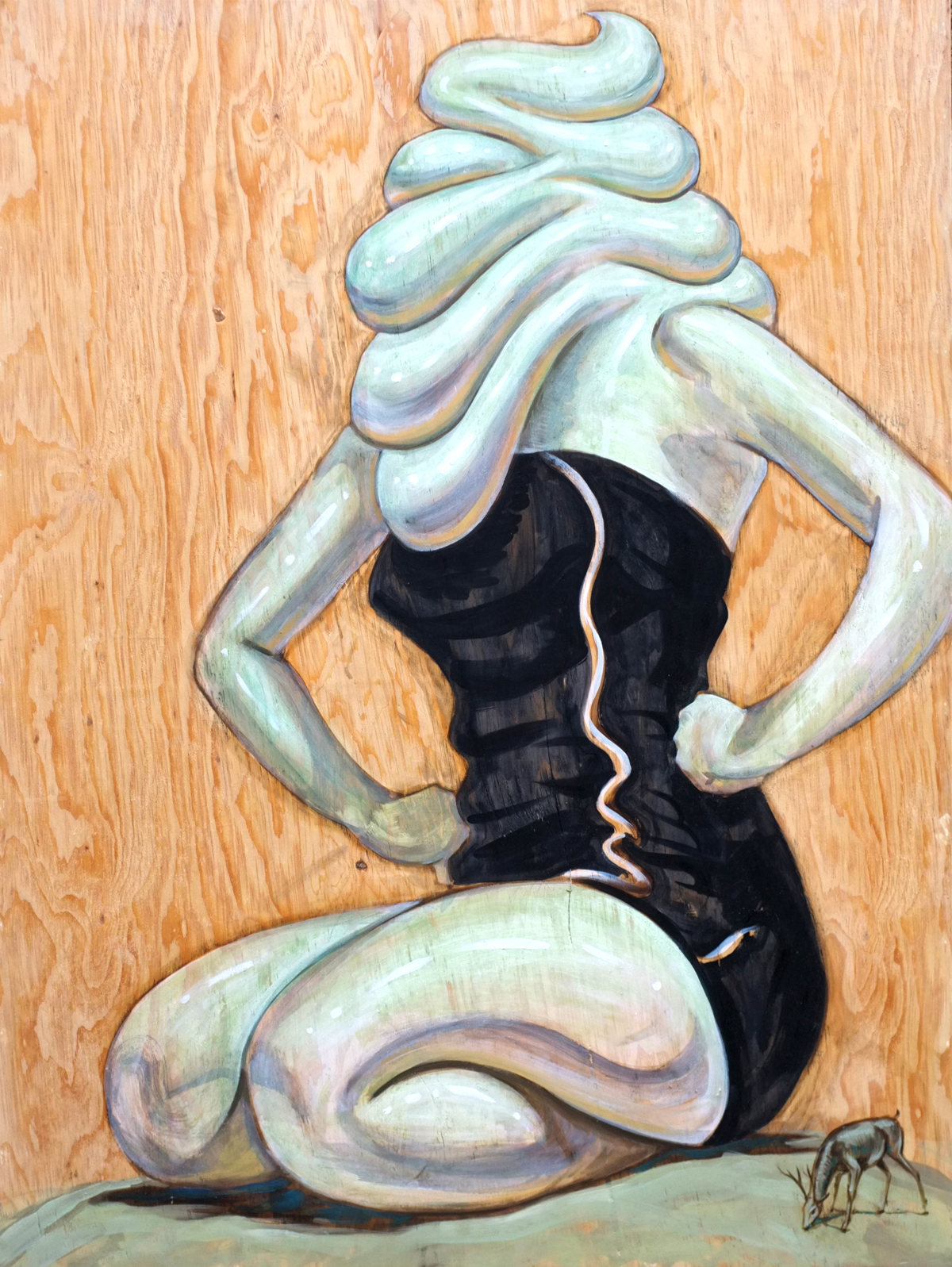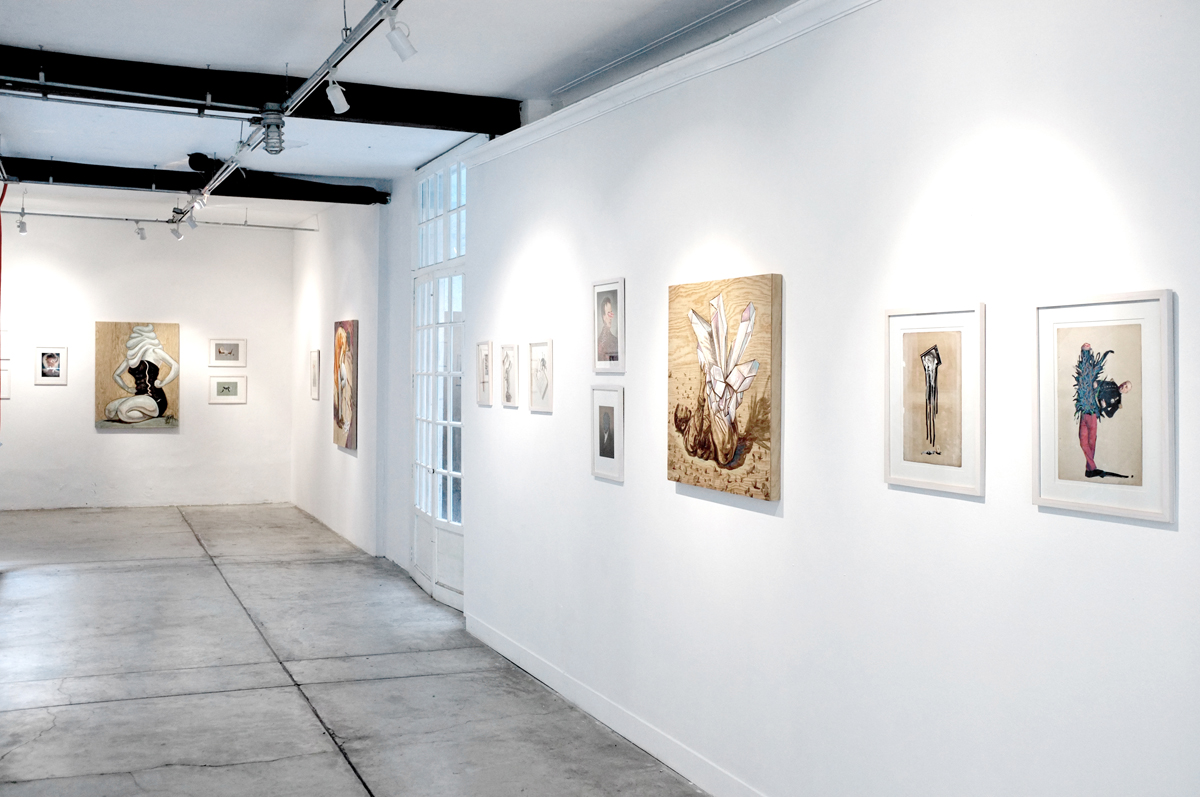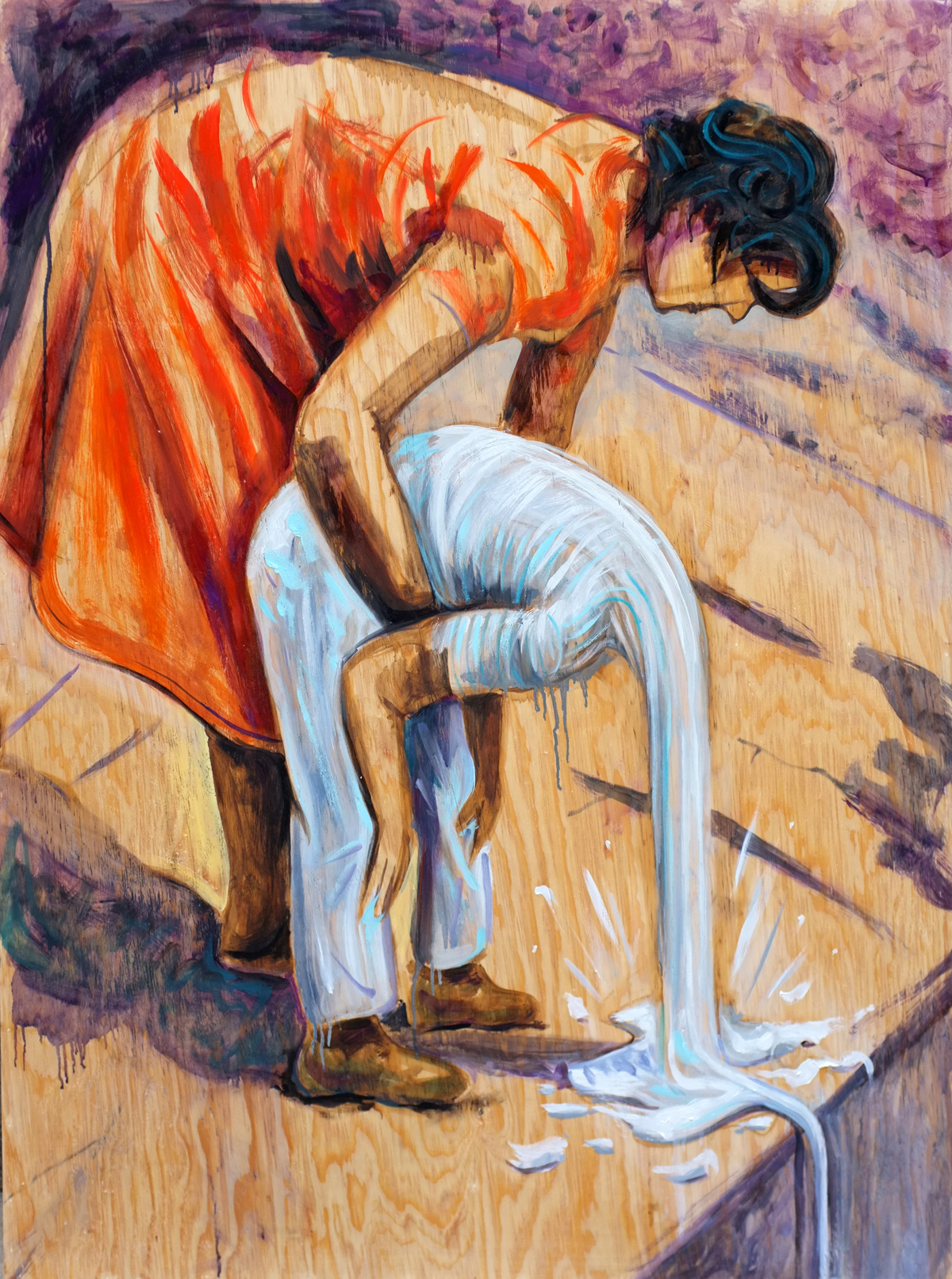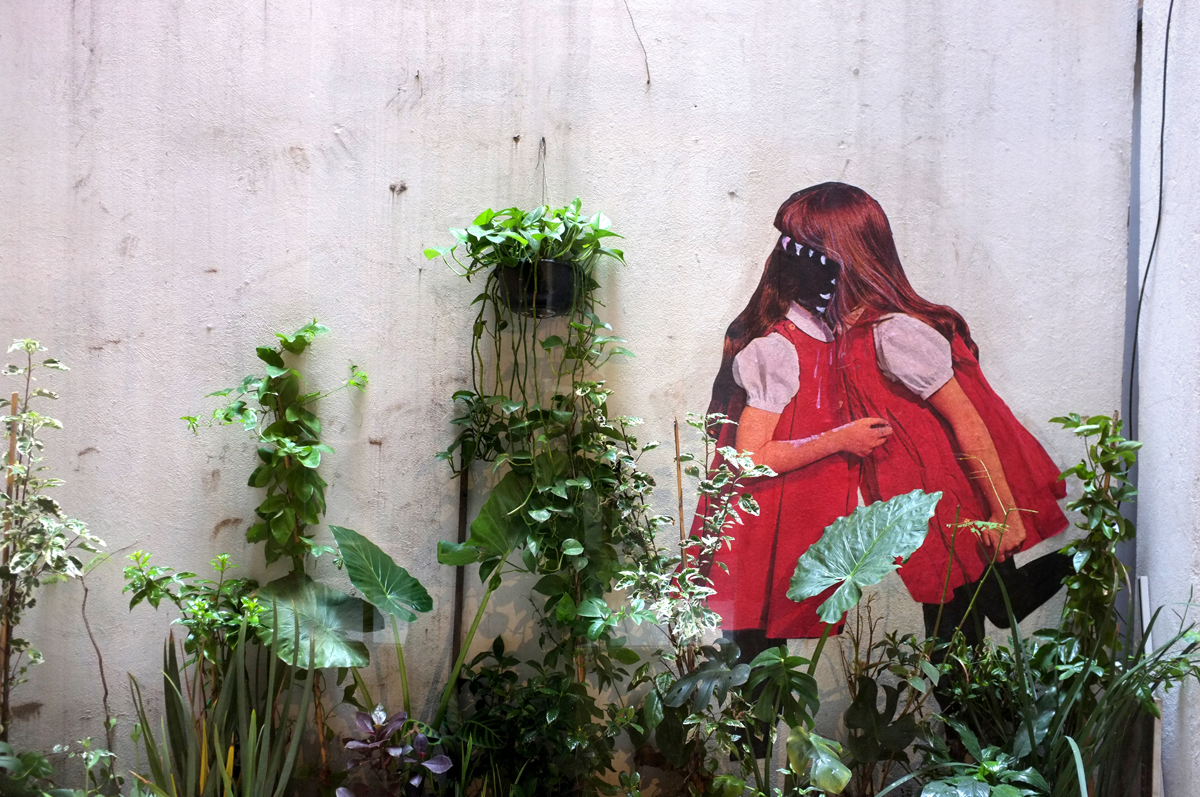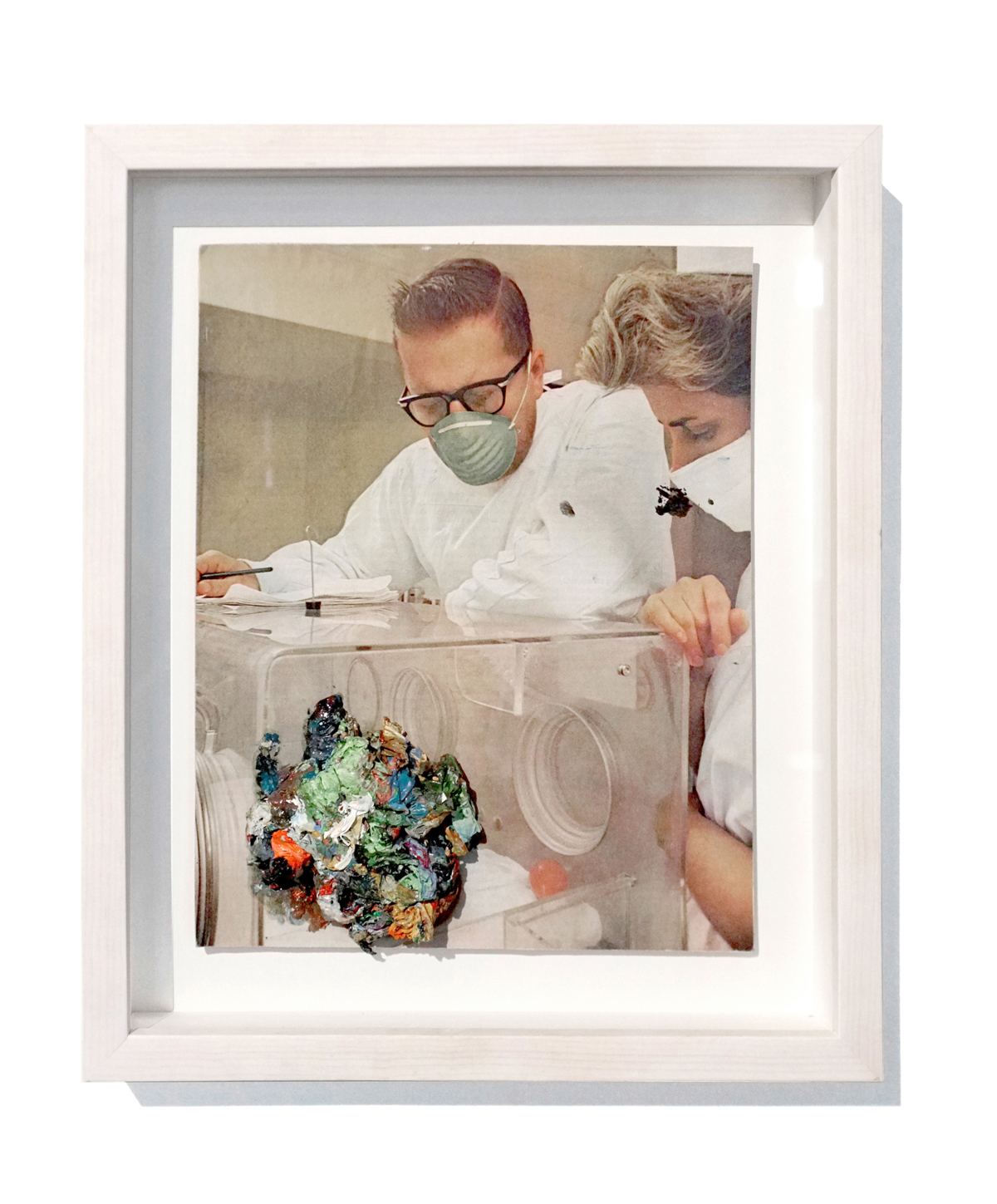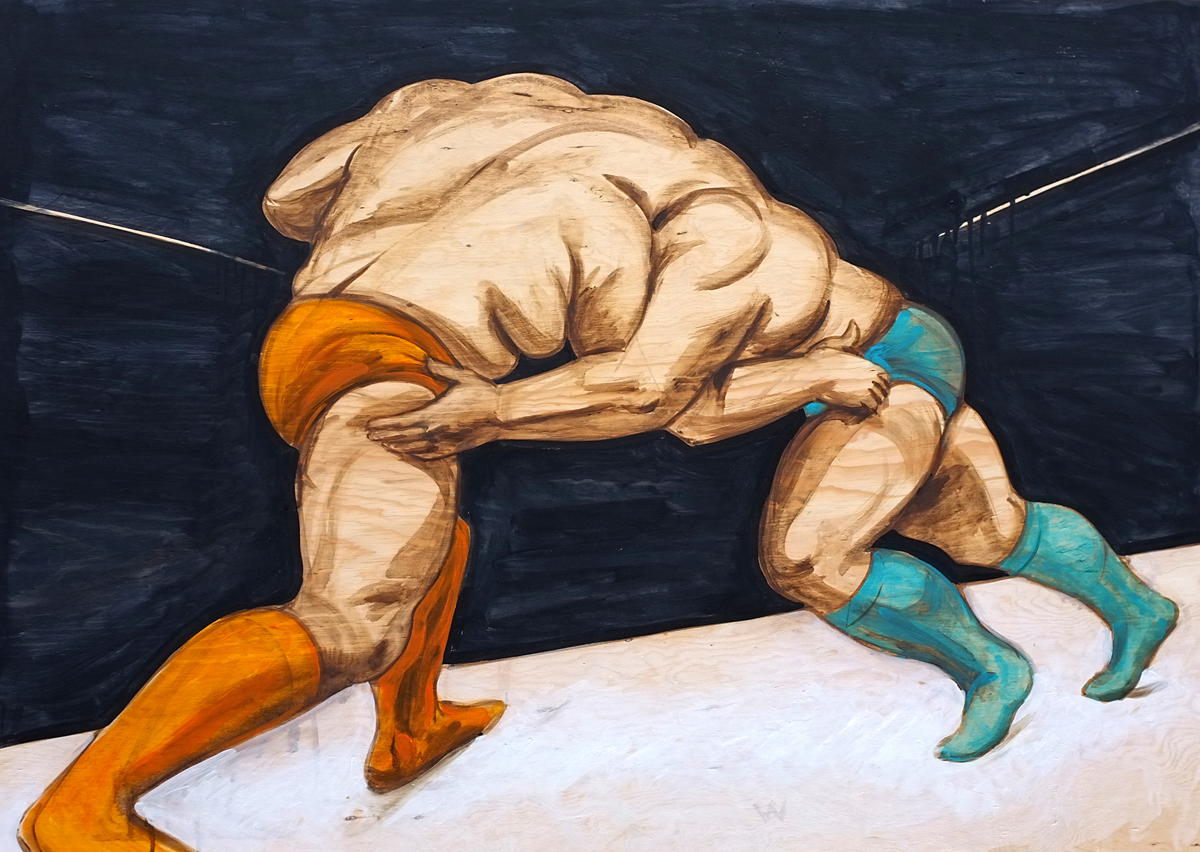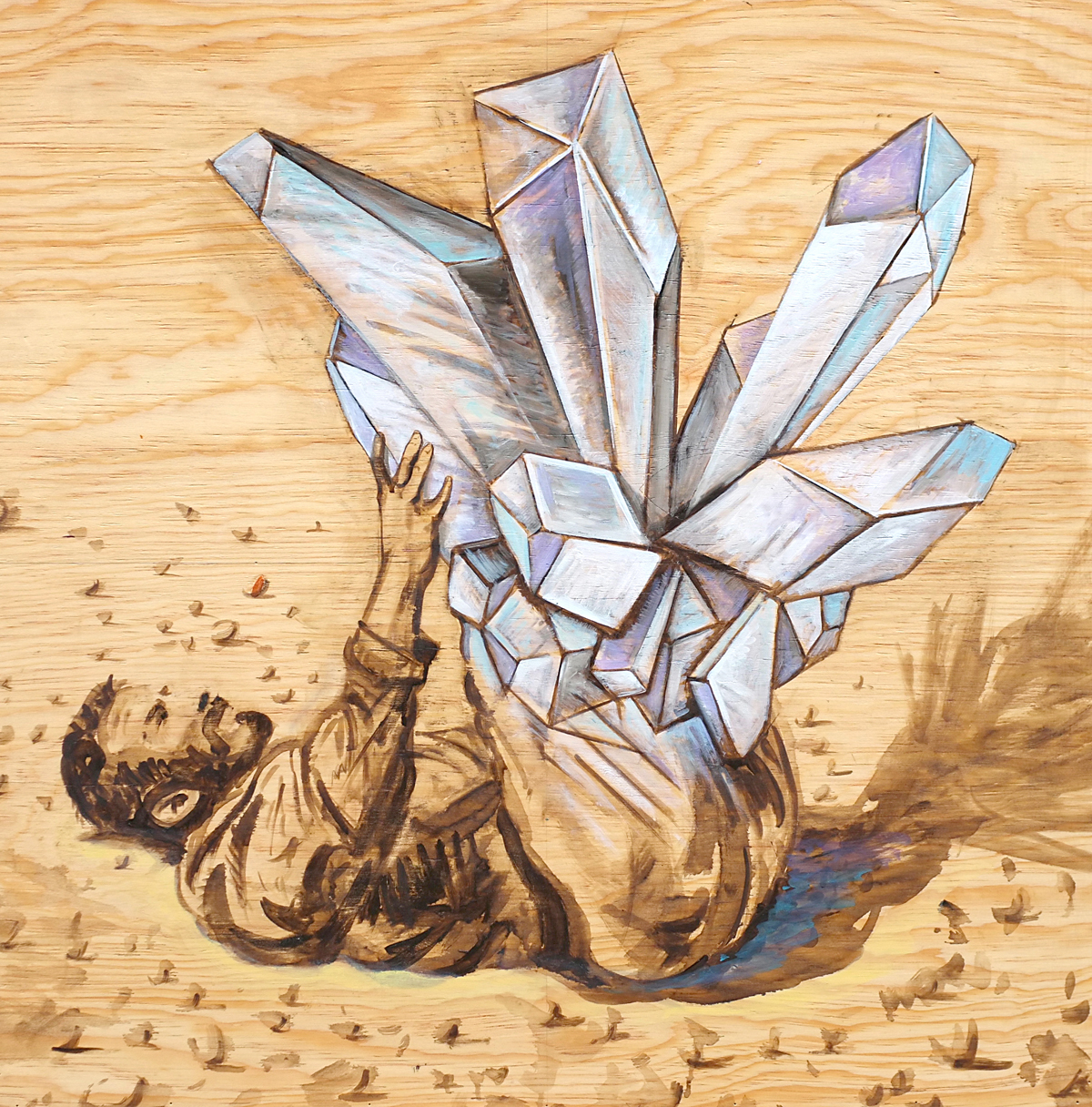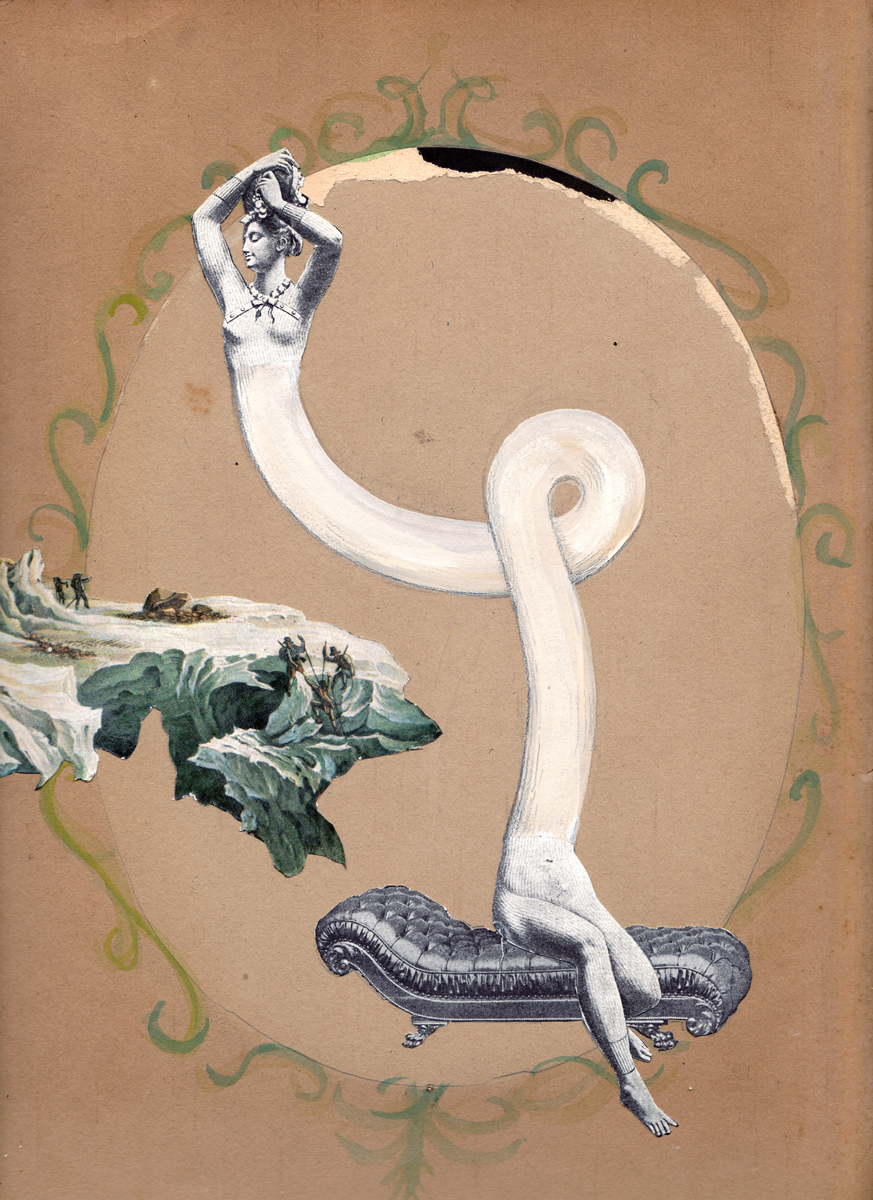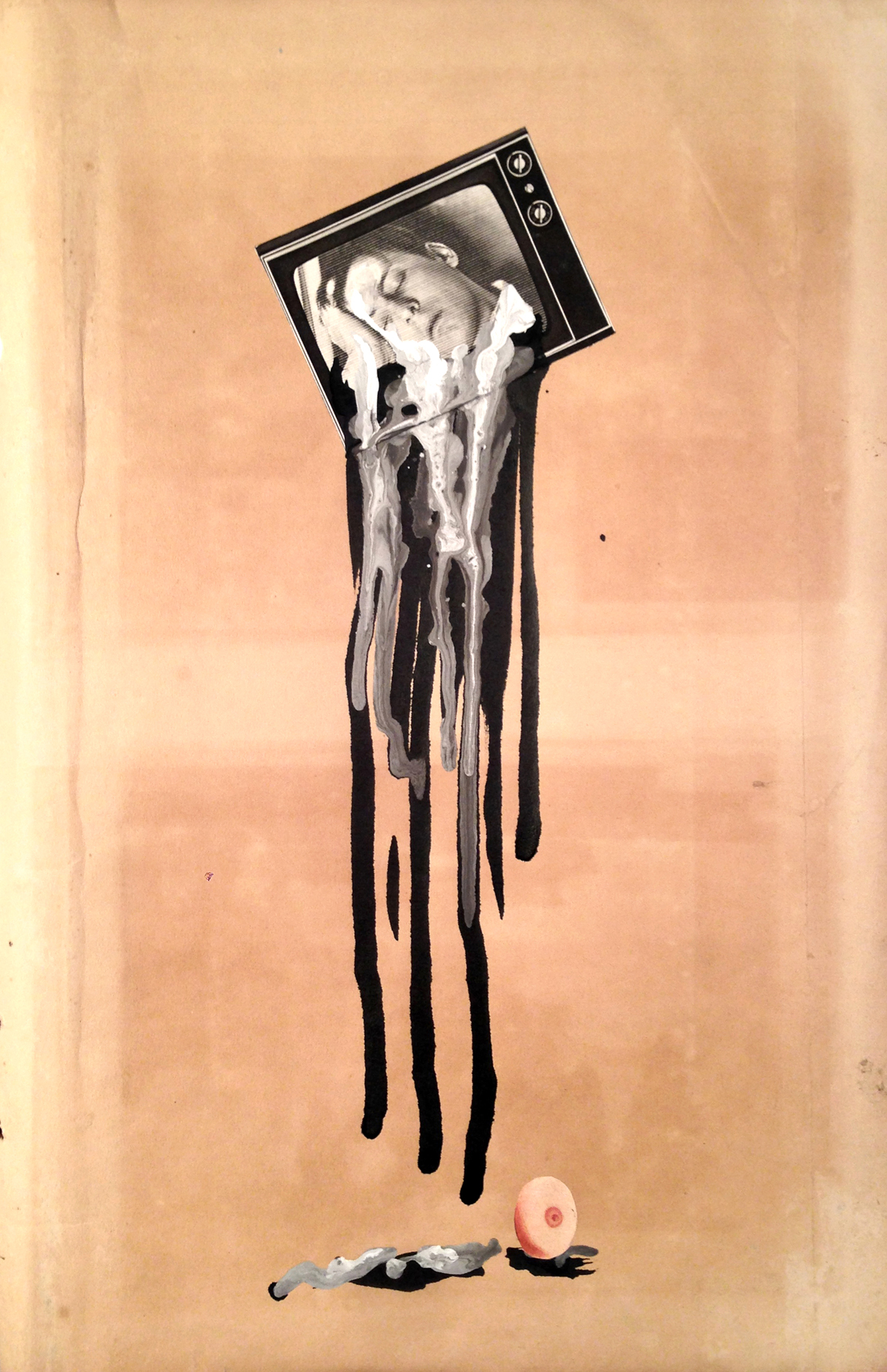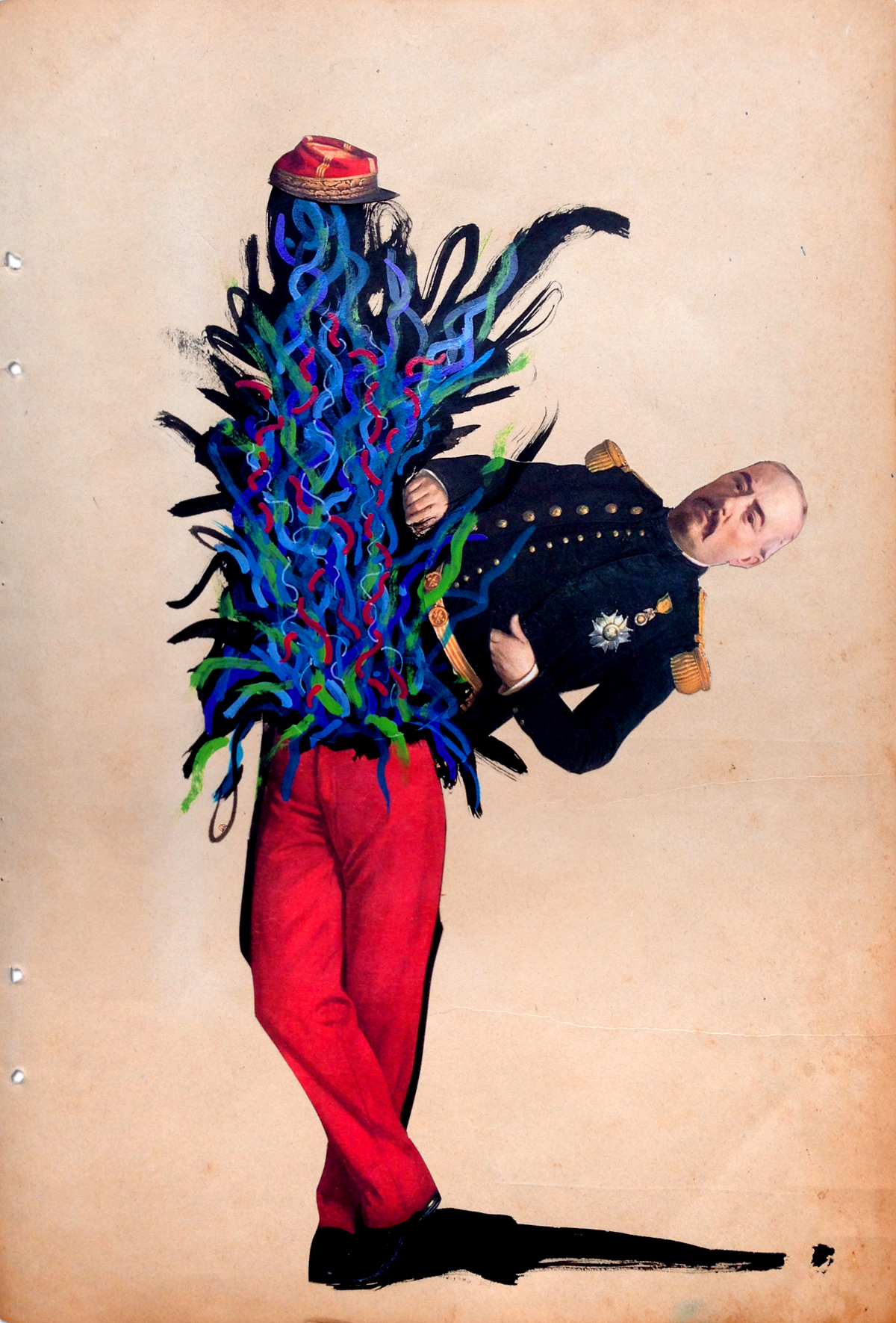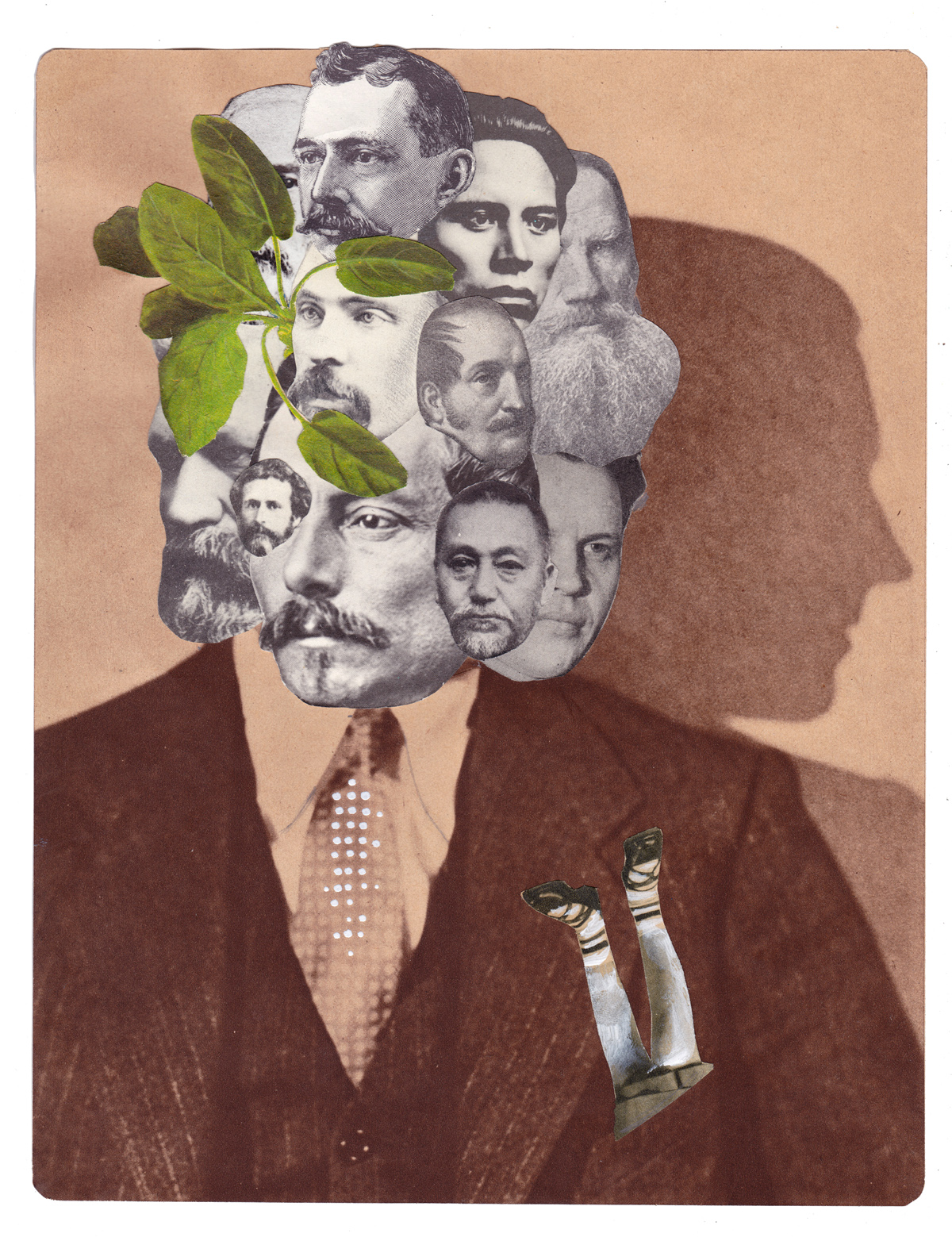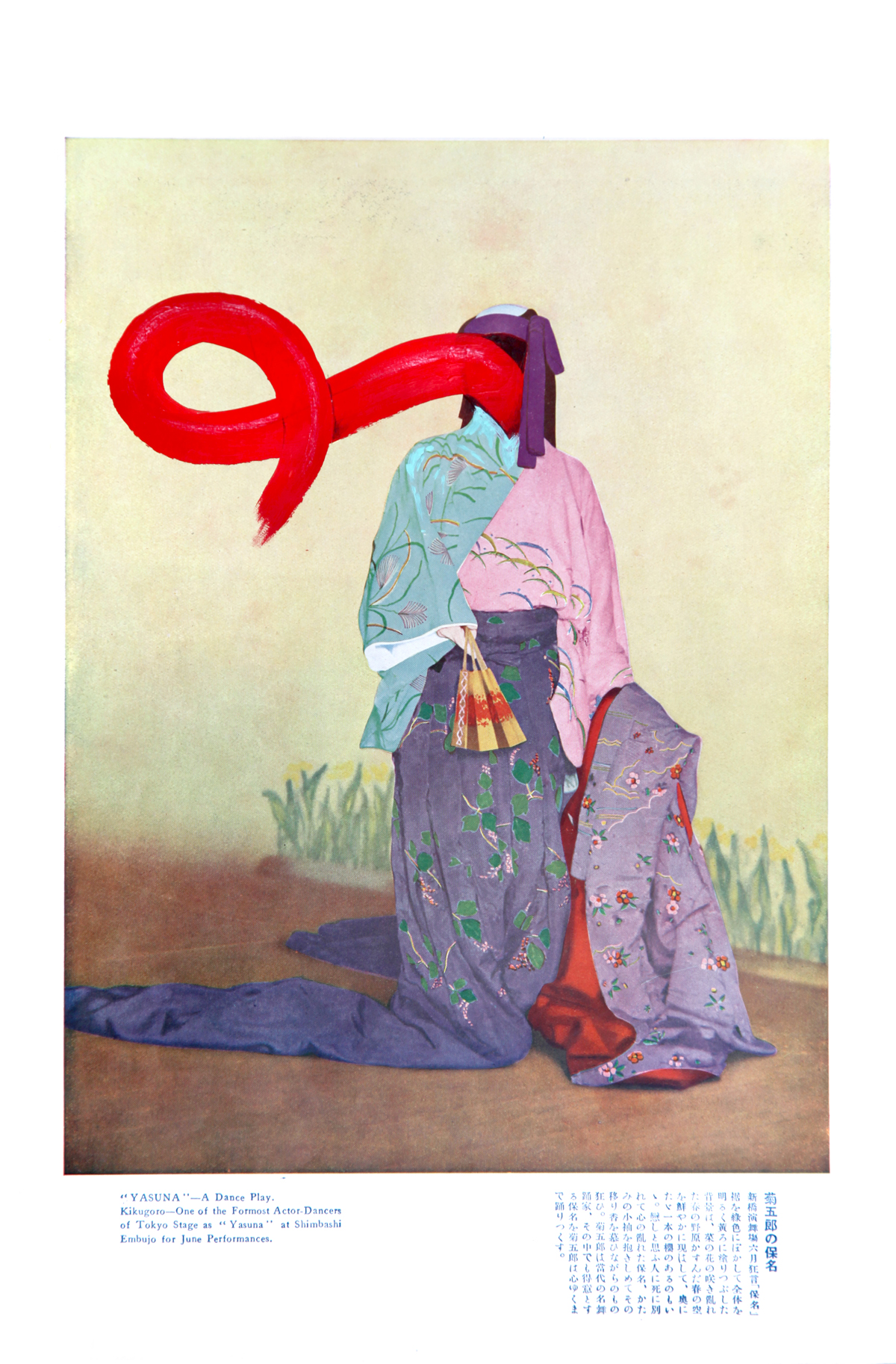There is a structure of the unconscious only to the extent that the unconscious speaks and is language. There is a structure of bodies only to the extent that bodies are supposed to speak with a language which is one of the symptoms. Even things possess a structure only in so far as they maintain a silent discourse, which is the language of signs.
G. Deleuze
According to Lacan, the subconscious is structured using the idioms of metaphor and metonymy within the context of substitution and association (with the implicit goal of highlighting meaningful objects throughout our experiences in life). Meanwhile the trio of the real, the imagined and the symbolic constitute the three dimensions that make up a given subject. Drawing on the concepts of representation and subjective definition we can frame the creative process of D. H., which includes painting, collage, on-site intervention and video animation. Within the bounds of these mediums and techniques, he seeks to produce what is unrepresentable, designing altered realities where he identifies his alter ego and finally, configuring a unique and personal hybrid symbology in which he unifies initiation, process, conclusion and (the fourth moment of symbolic Lacanian production) that of the spectator.
In this exhibition, Horowitz interprets visual and spiritual elements from Mexican society from his personal experience as ritualized, deep-seeded day-to-day behaviors, traditions and habits. Ceremonies which, according to the artist, break through imaginary symbolism found throughout the universe of images found in contemporary culture. Tied to a dialectic principle that offers a nod to the spectator, it’s worth mentioning that the painting surfaces, also take on an important role in the creative process, foregoing the often passive role of that of an empty initial white two-dimensional surface. The surfaces, as in the case of wood, gallery walls, paper and decoupage of old books upon which he paints and articulate his artistic discourse, always include existing information which interacts with the topic of the work in progress: a collage that is conceptual and plastic at the same time. This way, his work acts as a means to interpret messages from the subconscious, pulsations from beyond ones own intuition. Lacking objects of specific figurative representation, the artworks provoke different reactions from each spectator. His work speaks of the possibility of producing reality through language which, at the same time justifies his critical discourse projected onto images loaded with information(usually employing a vintage aesthetic as a compositional element in his exercise of symbolic relationship)-- and, where everyday objects as well as imaginary figures delineate the surrealist nature of the subconscious, under the final image’s symbolic excess, the vocabulary of signs is defined.
Roberto Baragas
Philosopher and Curator
UNAM
(National Autonomous University of Mexico)
2014
